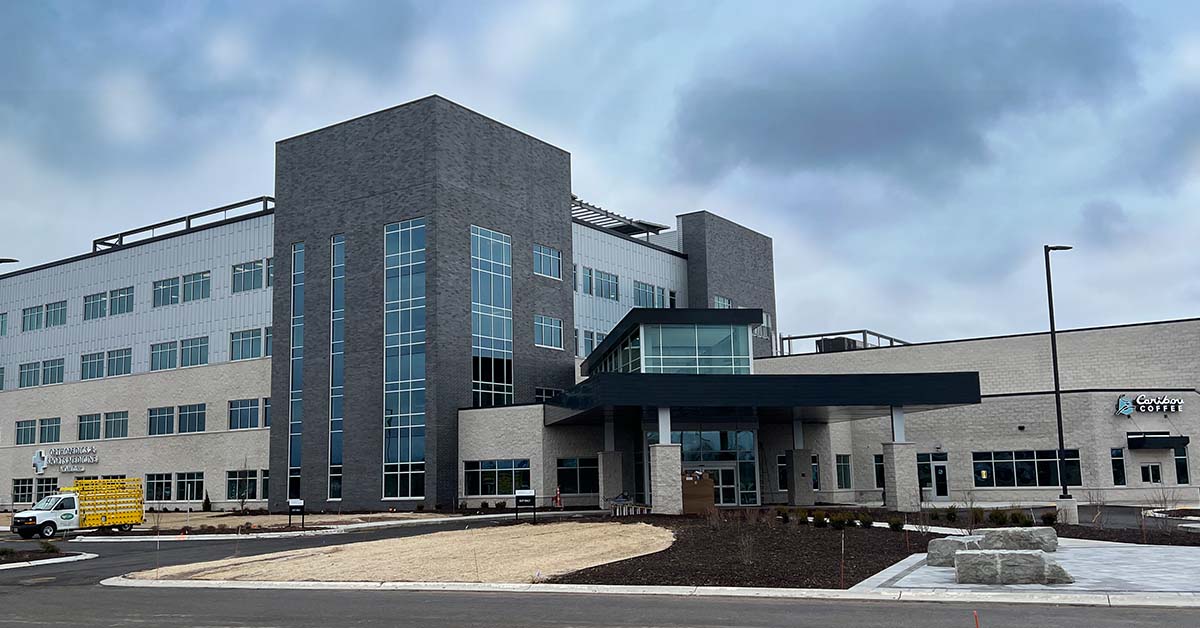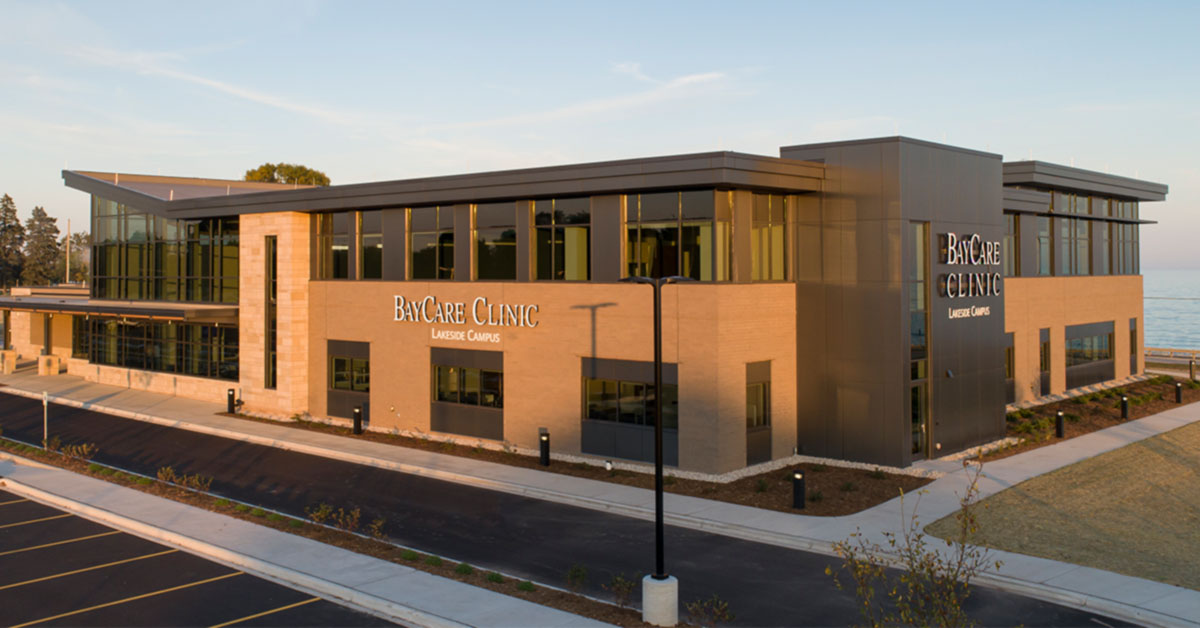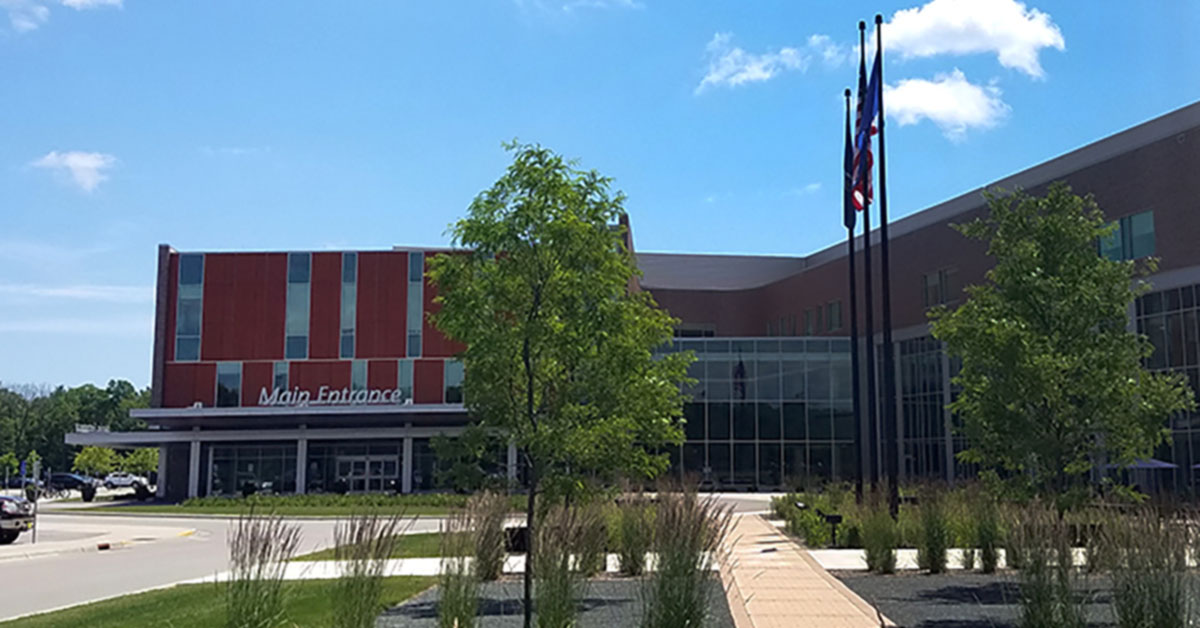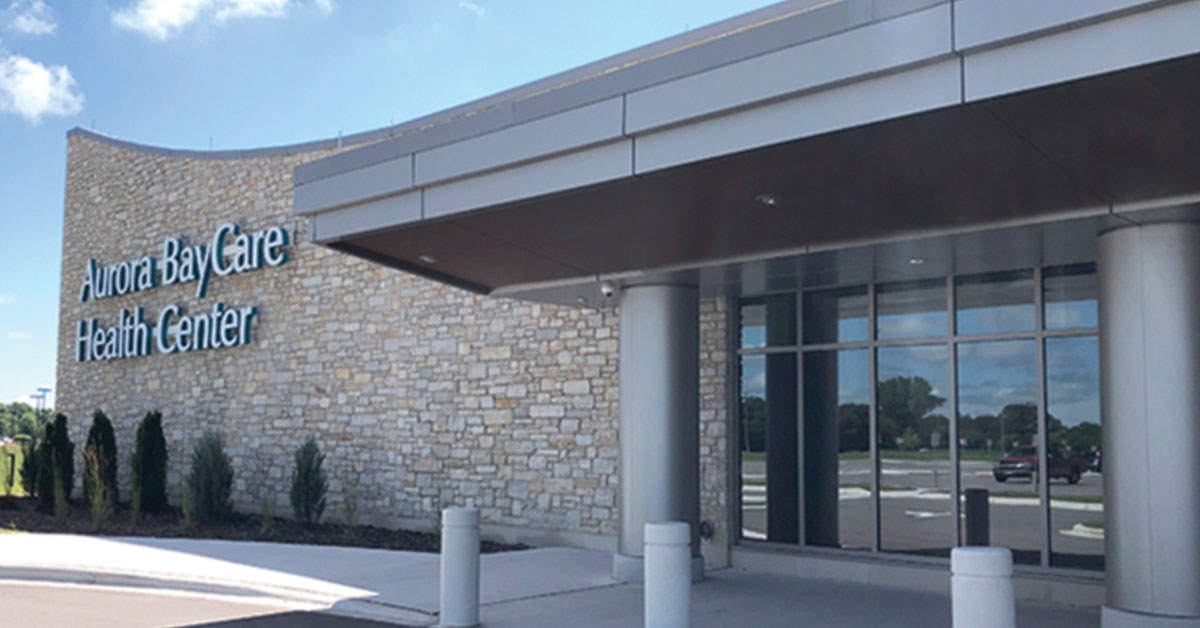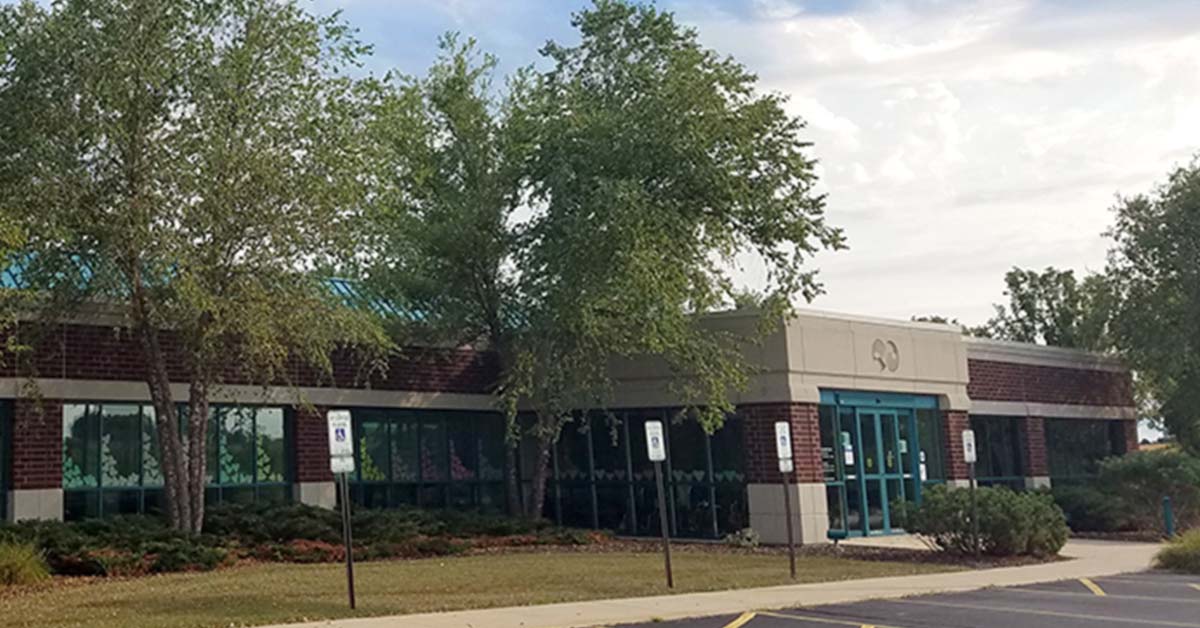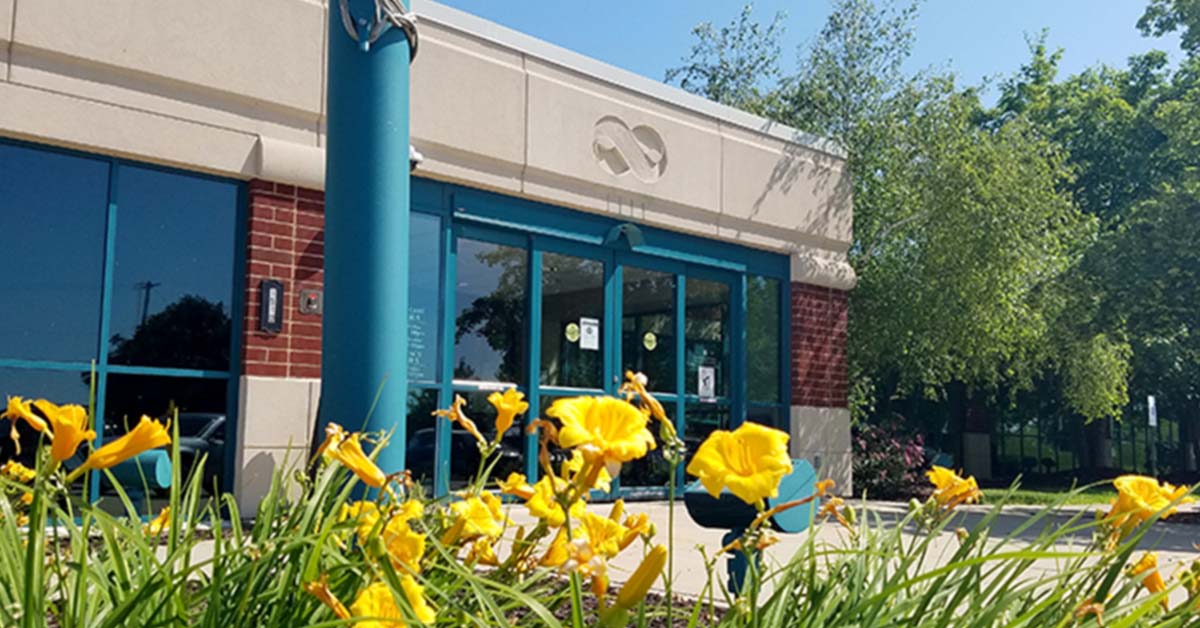Regenerative Medicine
Orthopedics & Sports Medicine
Regenerative medicine can be a non-surgical option for some patients
Regenerative medicine, or orthobiologics, offers non-surgical treatments that tap into the body’s ability to initiate a healing response to acute and chronic orthopedic conditions. Some treatments involve stem cell-based therapies.
Regenerative medicine treatments have been shown to help ease pain and improve function for people with acute and chronic orthopedic conditions. Recovery time depends on the type of treatment. Physical therapy usually begins two weeks after regenerative medicine treatments.
The first step is a consultation to discuss orthopedic issues and treatment options. Treatment follows on a subsequent visit. However, regenerative medicine treatment may not be recommended in some cases.
What are regenerative medicine treatments?
There are two main regenerative medicine, or orthobiologic, treatment options: platelet-rich plasma and bone marrow aspirate concentrate.
Platelet-rich plasma (PRP): This treatment uses a patient’s blood platelets to initiate a regenerative process. Blood is drawn and processed to isolate plasma and platelets. Plasma is rich in platelets, and platelets are rich in proteins that heal the body and control inflammation. Platelets are injected into the area of concern.
Bone marrow aspirate concentrate (BMAC): This is a stem cell-based therapy. The procedure involves a blood draw and drawing bone marrow from the pelvis. Bone marrow has platelets and a variety of powerful cells, including stem cells, that facilitate healing. The cells are processed in a centrifuge machine that separates the bone marrow aspirate from the cell layer. The separated material is then injected into the problem area.
Both procedures are done safely in our office, with injections guided by ultrasound. PRP procedures typically take about an hour. BMAC procedures are performed under local anesthesia when necessary, and typically take about two hours.
Flex spending accounts can be used to pay for regenerative medicine treatments, they are not typically covered by insurance. Regenerative medicine treatments are not FDA-approved in all cases and may not be recommended for all patients.
No referral is required. If you have questions, please call our office.
What does PRP treat?
Platelet-rich plasma is most often used to treat arthritis in the knee. It also is used to treat acute and chronic tendon and ligament injuries and conditions that include, but are not limited to:
- Rotator cuff
- Tennis elbow
- Golfer’s elbow
- Achilles tendon
- Plantar fasciitis
- Jumper’s knee
- Quadriceps
- Hamstring
- Patellar
- Muscle injuries
- Tendinitis
What does BMAC treat?
Bone marrow aspirate concentrate is most often used to treat arthritis in the major joints – knee, hip, shoulder and ankle.
